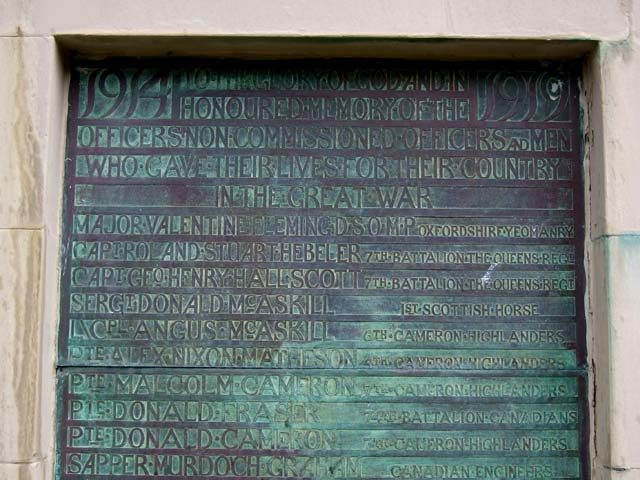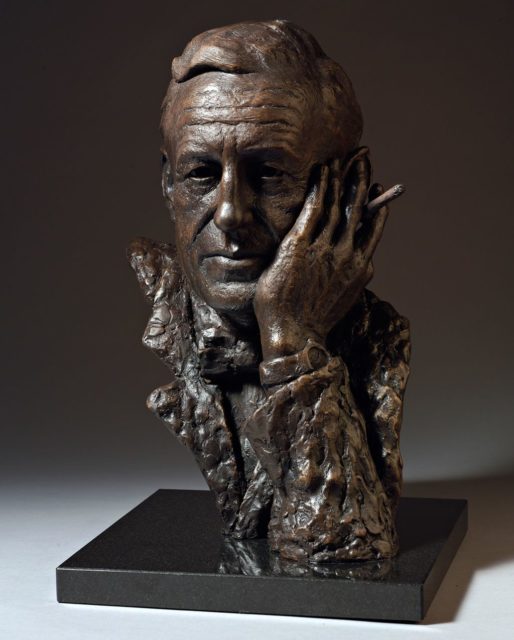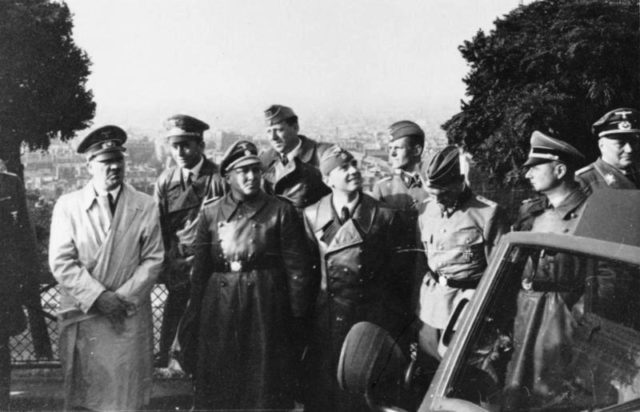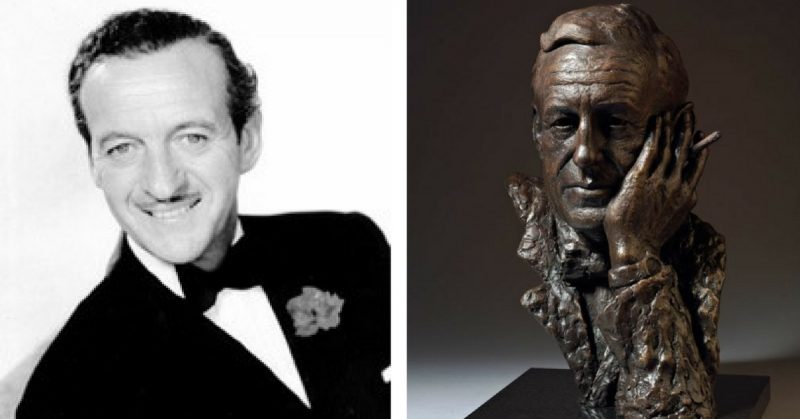Ian Fleming, the author of the cult spy novel franchise centering around an MI-6 agent, James Bond, code named 007, had a history of intelligence service of his own. As a matter of fact, 007’s exploits were inspired by real-life people and events. Fleming father, Valentine, was an esteemed Parliament member and a close friend of Winston Churchill.
During WWI Valentine Fleming joined “C” Squadron, Queen’s Own Oxfordshire Hussars where he rose to the rank of major. He died in 1917 in France and on that occasion Churchill wrote an obituary commemorating Valentine Fleming.
On such foundations, young Ian’s career in Intelligence started. He was first under the mentorship Ernan Forbes Dennis, who was a retired MI-6 operative and a lecturer on the diplomatic school in Kitzbuhel, Switzerland. Fleming was keen on learning languages and in Switzerland, he attended lessons on French and German.
Then he moved to Munich where he started learning Russian. When he returned to England, Fleming got a job at the Reuters office, and would soon be the only English journalist following the trials of British employees who were accused of espionage by the Soviet Union. Fleming was sent to Moscow. There he caught the attention of the Soviet secret police, as he was a rare breed at the time ― an Englishman who spoke Russian.

Soon after he resigned from Reuters and went into several businesses, mostly involving stock market. As the threat of yet another world war was closing in, the British Government was interested in refreshing its intelligence cadre, especially with people who spoke several languages, like Fleming. In 1939 he joined the Naval Intelligence Service as an assistant to Rear Admiral John Godfrey. Godfrey was responsible for naval intelligence and was Director of Naval Intelligence (D.N.I.) throughout WWII. From this point on, Ian Fleming became more and more influential in the intelligence circles.
He was codenamed 17F and worked at the Admiralty. His employer, Godfrey, was known for making enemies with other service branches. He used eloquent young Fleming as a liaison between the government’s wartime administration with sections like the Secret Intelligence Service, the Political Warfare Executive, the Special Operations Executive (SOE), the Joint Intelligence Committee and the Prime Minister’s staff.

He was also suspected by historians to be the true author of the 1939 Trout Memo, which introduced a new doctrine into British intelligence. The doctrine suggested to treat the espionage warfare against the Germans as fly fishing ― using baits to lure out the enemy and then attack him on their turns. The Memorandum is officially attributed to Godfry, but Brian Mcintyre, historians claimed that it “bore all the hallmarks of … Lieutenant Commander Ian Fleming”.
In September 1942, Ian Fleming founded the 30 Assault Unit (30 Au, abbreviated). The initial task of the unit was to learn on the field as much as it could about the German nuclear program, which was under development by leading Nazi scientists. They operated with a great amount of independence as their mission was seen as a matter of most importance. It was also highly classified.
Besides, from its primary mission, the 30 Au was tasked with retrieving all documents found on the frontline. Fleming respected and perhaps even admired Otto Skorzeny who revolutionized the asymmetric warfare in his use of intelligence, guerilla tactics, and criminal practices. Therefore, the commando unit under Fleming’s strategic command often utilized false flag operations, disinformation and behind-enemy-lines missions.
Of course, Ian Fleming didn’t actively participate in these operations, as he acted as a strategic planner from his office in the Admiralty. The unit disliked Fleming, for he often referred to them as “His Red Indians”. Nevertheless, Fleming was very proud of them and their effort certainly affected the turnout of the war.
The Unit served in North Africa, Corsica, Norway, Greece, Normandy and later Germany, collecting information about German scientists who were working on classified secret weapons programs. Many of these scientists defected to the Allied side with the help of Ian Fleming and his “Red Indians”. The 30 Au was also involved in the Dieppe Raid in 1942 in France, where their role was to seize the infamous Enigma machine so it could be decoded by the British.
Fleming was in charge of Operation Goldeneye, which was a backup plan of organizing a spy network in Spain in case Hitler decided to occupy the country.
It is also known that Fleming was involved in Operation Mincemeat, which was a false flag operation of planting a dead body with documents that implied the Allies were going to land on Crete in 1943, instead of Sicily which was the most obvious option. The plan worked saving thousands of soldiers during the landings that took place in Sicily.

In December 1944, Fleming spent time in the Far East as a Naval Liaison Officer. He was actually preparing the grounds for employing his 30 Au group for operations in the Pacific theater of war, but he never got the time, as the Japanese surrendered soon afterward.
He was back in Europe tracking the Nazi gold immediately after the war. In January 1945, the British were keen on getting hold of Nazi finances. Very little is known to this day about the operation, but it was revealed in 1996 that Martin Bormann, who was the second man of the Reich and the closest thing to a treasurer that the Nazi Germany had. The operation was codenamed as JB, shortened of James Bond.
Ian Fleming had borrowed the name from an existing writer and ornithologist, James Bond, who was an author of the book “A Field Guide to the Birds of the West Indies”. A bird spotter himself, Fleming read the book and decided to use the author’s name not only during this operation but afterward for the name of his famous protagonist. He thought “that this brief, unromantic, Anglo-Saxon and yet very masculine name was just what I (Fleming) needed, and so a second James Bond was born.”
Ian Fleming was never part of the MI-6, the British foreign intelligence service, but he came across these men a lot during his service for Queen and Country. He was also well aware of how the intelligence work and with a bit of imagination was able to create one of the most vivid spy characters in film and literature. He was demobilized in May 1945, and soon after had a house built in Jamaica.
He called the estate The Goldeneye, which was a reference to the operation he was a part of and the Carson McCullers’ 1941 novel Reflections in a Golden Eye, which described the use of British naval bases in the Caribbean by the American navy. This was where Fleming wrote all 17 of his James Bond novels.
